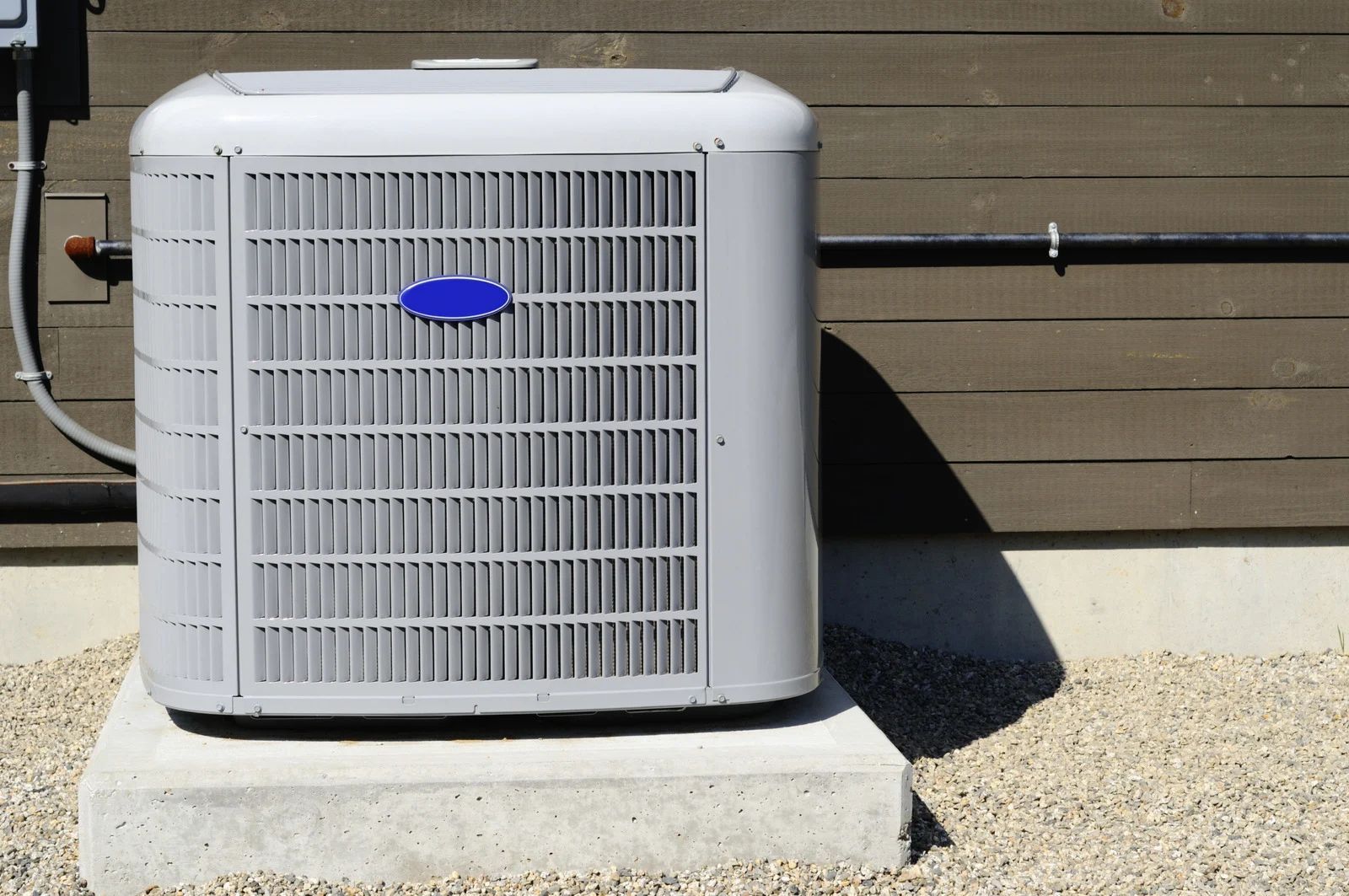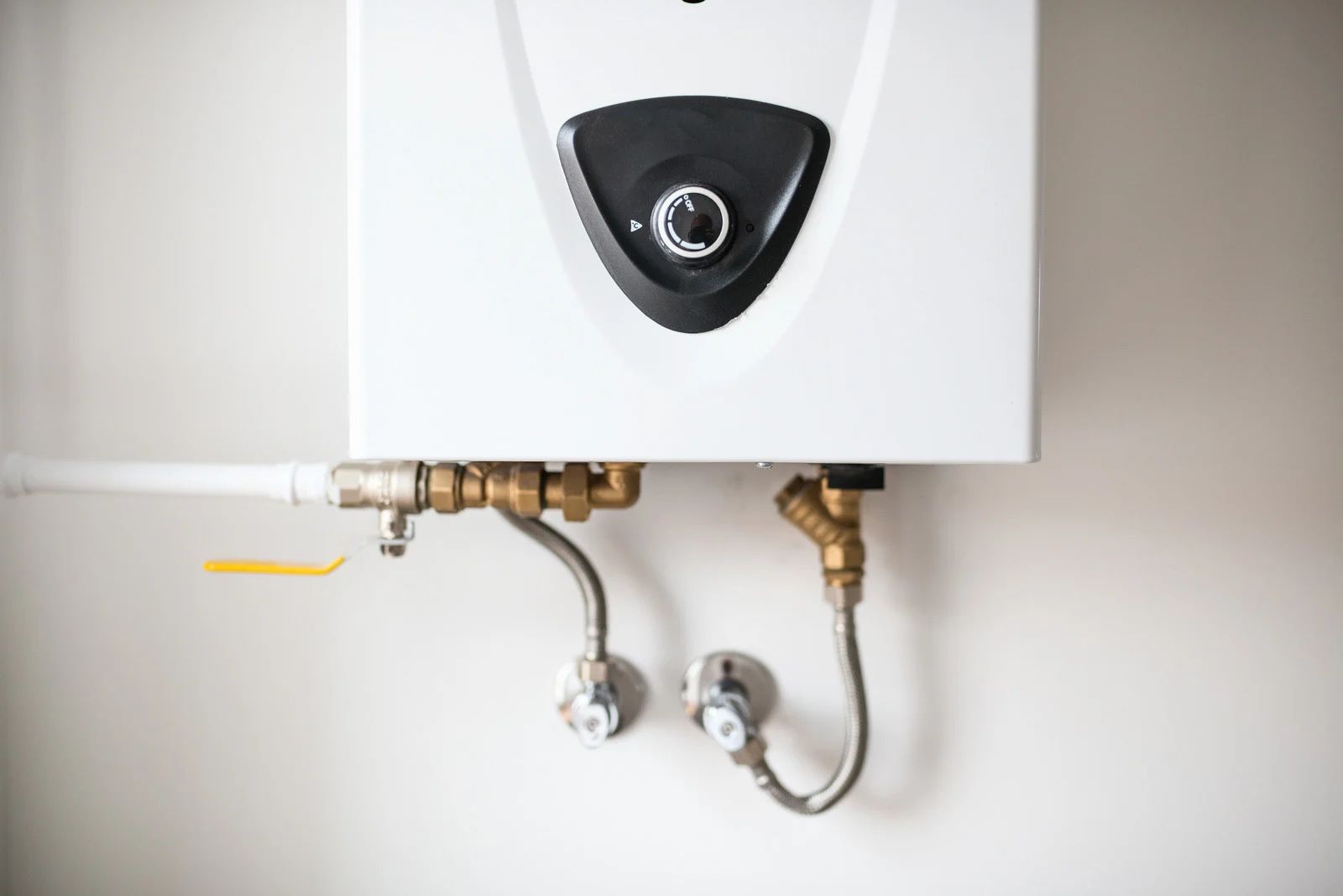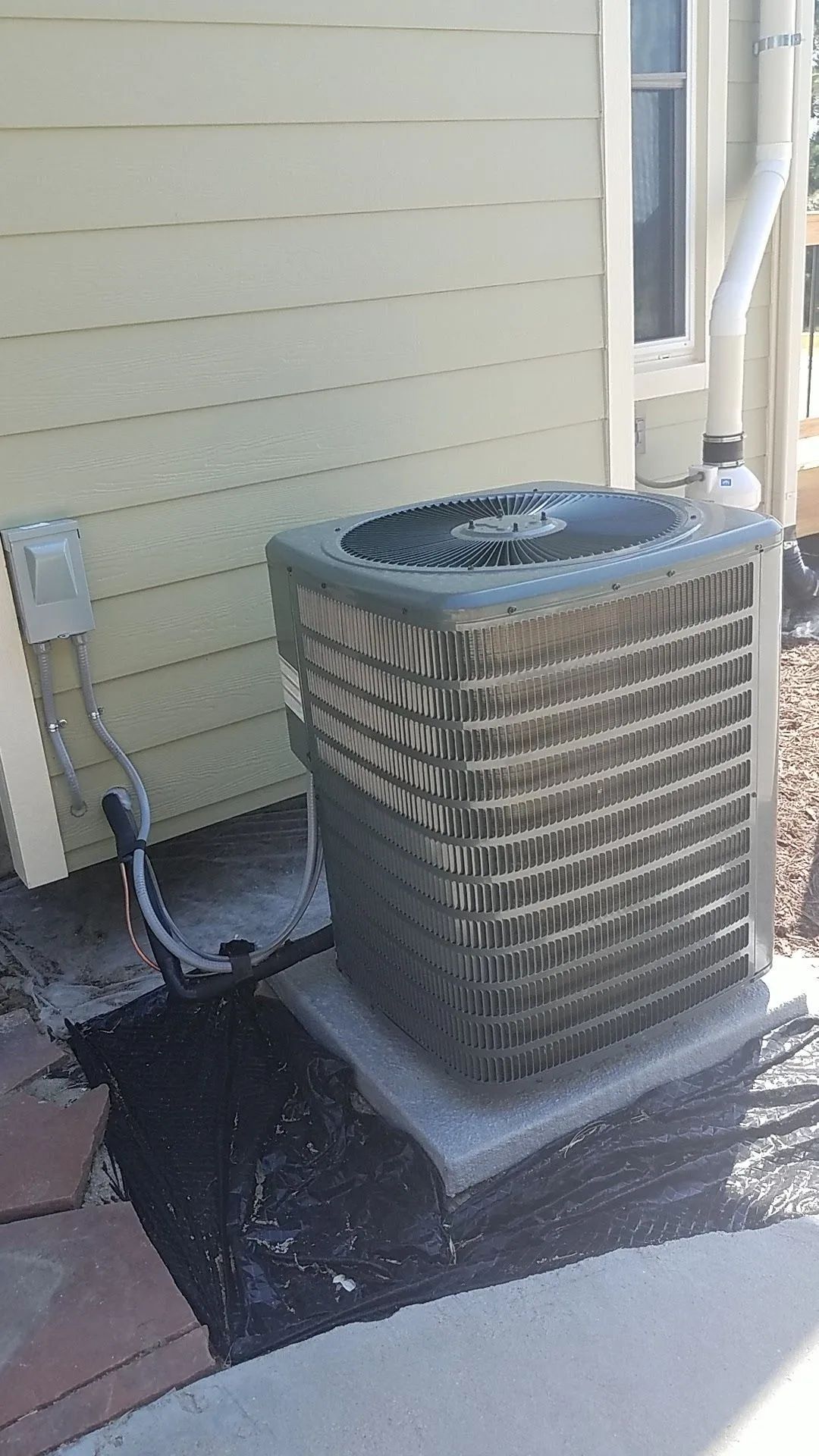How to Improve Indoor Air Quality Through Your HVAC System
Indoor air quality (IAQ) has a direct impact on your health, comfort, and overall well-being. As more people spend time indoors, especially at home, maintaining clean and healthy air has become increasingly important. Your HVAC system plays a vital role in filtering out pollutants, managing humidity, and circulating fresh air throughout your space. With a few smart strategies, your HVAC system can become a powerful tool for improving indoor air quality. Here’s how.
1. Upgrade to High-Efficiency Air Filters
Not all air filters are created equal. Standard filters capture dust and debris, but high-efficiency filters, such as HEPA or MERV 13 and above, can trap smaller particles like pollen, pet dander, mold spores, and even some bacteria. These filters provide a significant upgrade in filtration performance without compromising airflow. Just ensure your HVAC system is compatible with higher-grade filters, as overly restrictive filters can strain older units.
2. Schedule Regular HVAC Maintenance
Routine maintenance is essential for an efficient and clean HVAC system. Over time, dust and debris can build up in the system’s components, reducing its performance and potentially releasing pollutants into your air. Professional maintenance involves cleaning the coils, checking for leaks, inspecting ductwork, and replacing filters. Bi-annual servicing—once before summer and once before winter—helps keep your system clean and operating at peak efficiency year-round.
3. Install a Whole-Home Air Purifier
To go a step further, consider integrating a whole-home air purifier with your HVAC system. These units work in conjunction with your existing system to actively remove airborne contaminants like smoke, allergens, volatile organic compounds (VOCs), and pathogens. Many air purifiers use technologies like UV light or ionization to neutralize harmful particles. Unlike portable units, whole-home purifiers provide consistent protection across every room.
4. Improve Ventilation with Fresh Air Intake
Poor ventilation is one of the biggest culprits behind stale, unhealthy indoor air. Modern homes are often tightly sealed for energy efficiency, but this also means contaminants can accumulate quickly. A well-designed HVAC system with a fresh air intake or an energy recovery ventilator (ERV) can pull in outdoor air and balance indoor humidity levels. This controlled ventilation ensures better air exchange without overloading your heating or cooling system.
5. Control Indoor Humidity Levels
Humidity control is a key component of indoor air quality. High humidity can encourage mold growth and dust mites, while low humidity can cause dry skin and respiratory irritation. Your HVAC system can be outfitted with a humidifier or dehumidifier to keep moisture levels balanced between 30% and 50%. Proper humidity not only improves air quality but also makes your home more comfortable throughout the seasons.
6. Seal and Clean Your Ductwork
Your home’s ductwork is responsible for delivering conditioned air to each room. If ducts are leaky or dirty, they can distribute dust, allergens, and even mold spores. Periodic duct inspections and professional cleaning can drastically reduce the spread of contaminants. Sealing duct joints with mastic or metal tape also prevents loss of airflow and ensures that air is delivered clean and efficiently.
If you’re ready to take control of your
indoor air quality, 303 Heating & Air, Inc. in Aurora, Colorado, is here to help. With over 21
years of experience, we specialize in HVAC upgrades, maintenance, and air quality solutions tailored to your home’s needs. Call us today to schedule a consultation and start breathing cleaner, healthier air every day.




